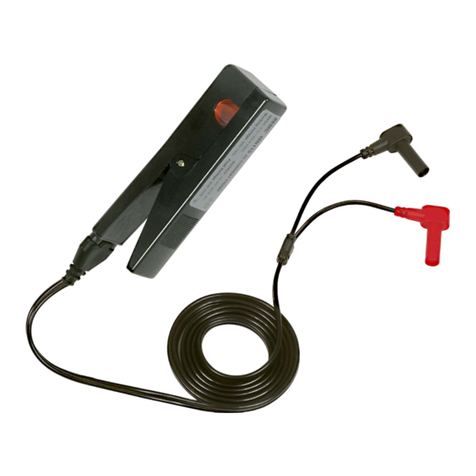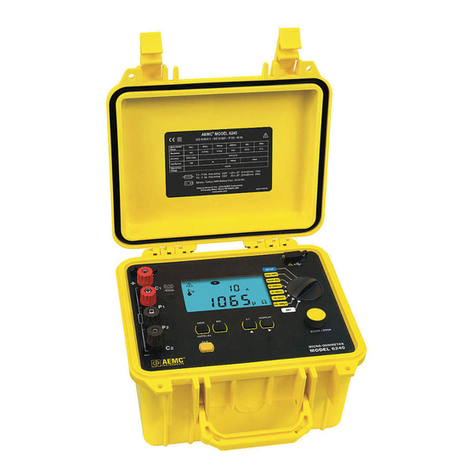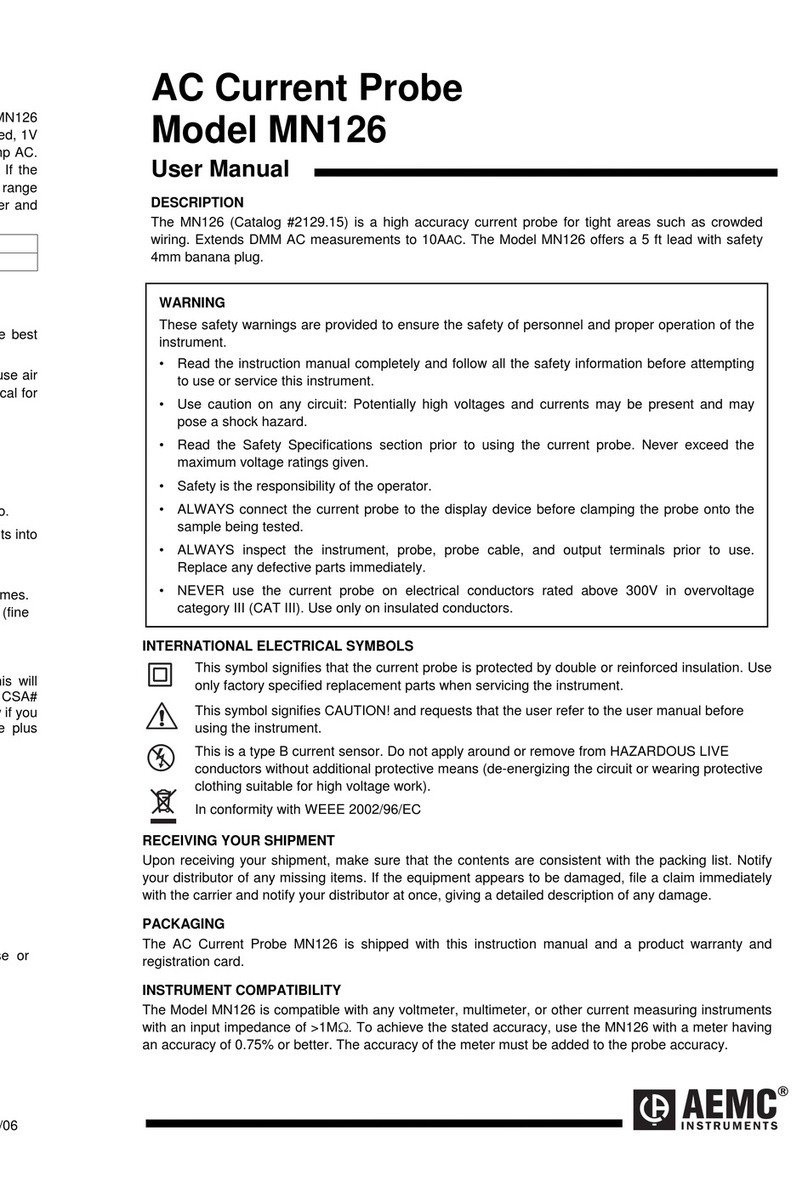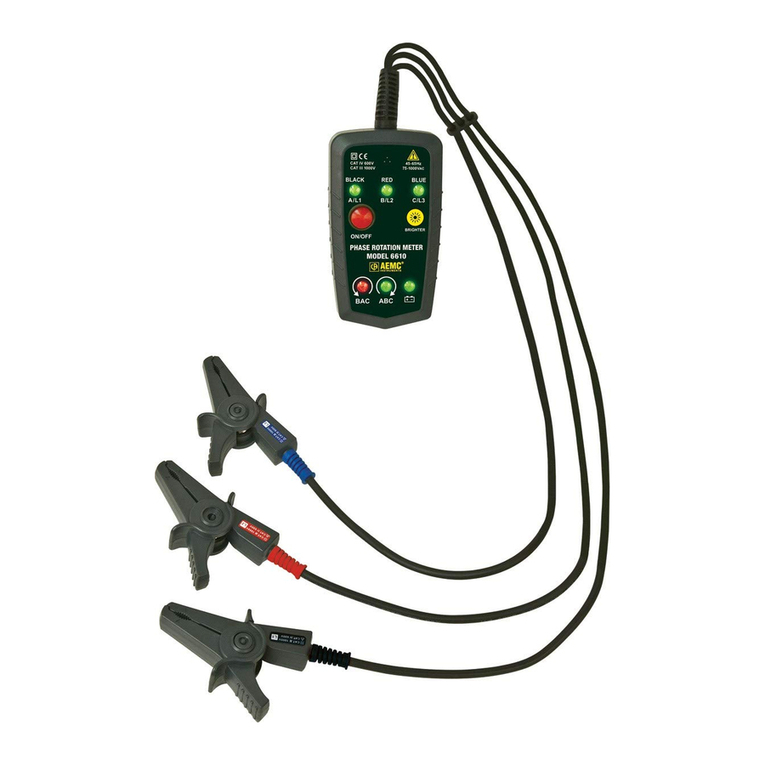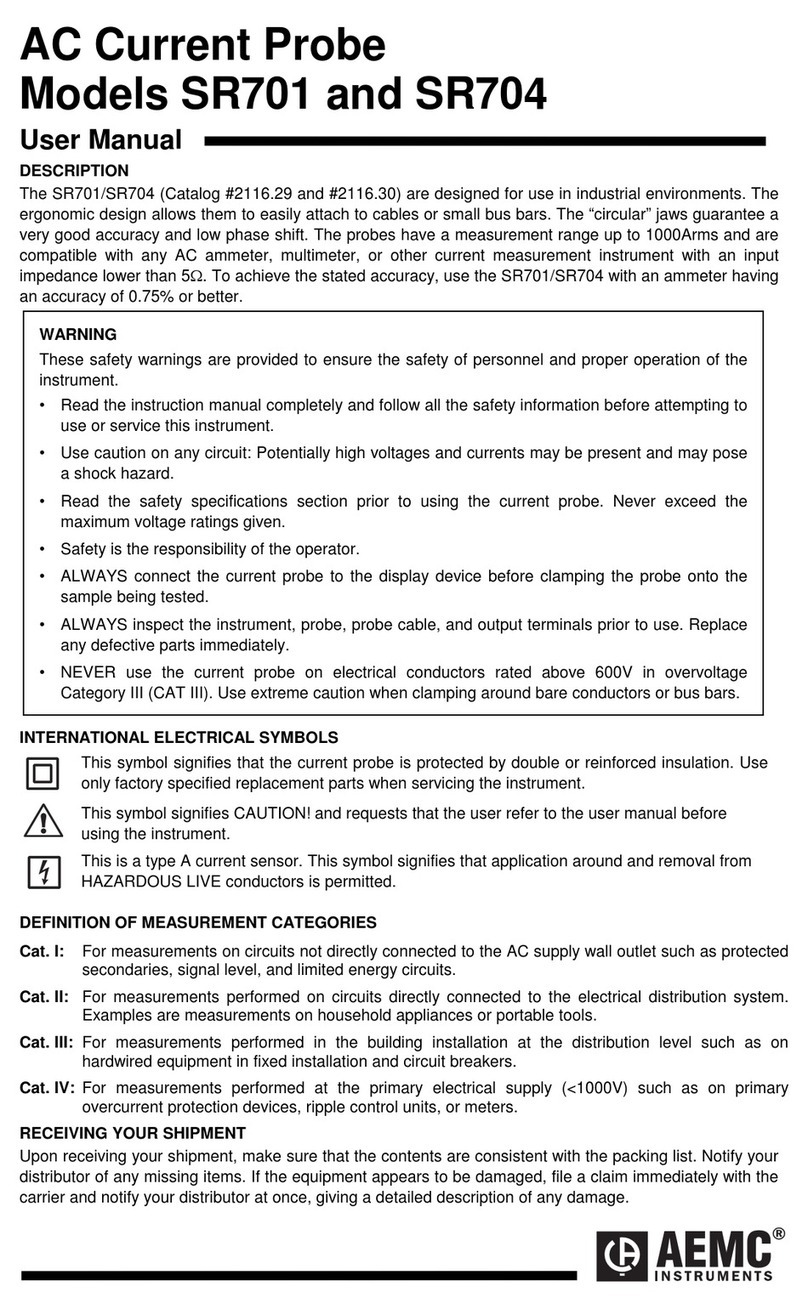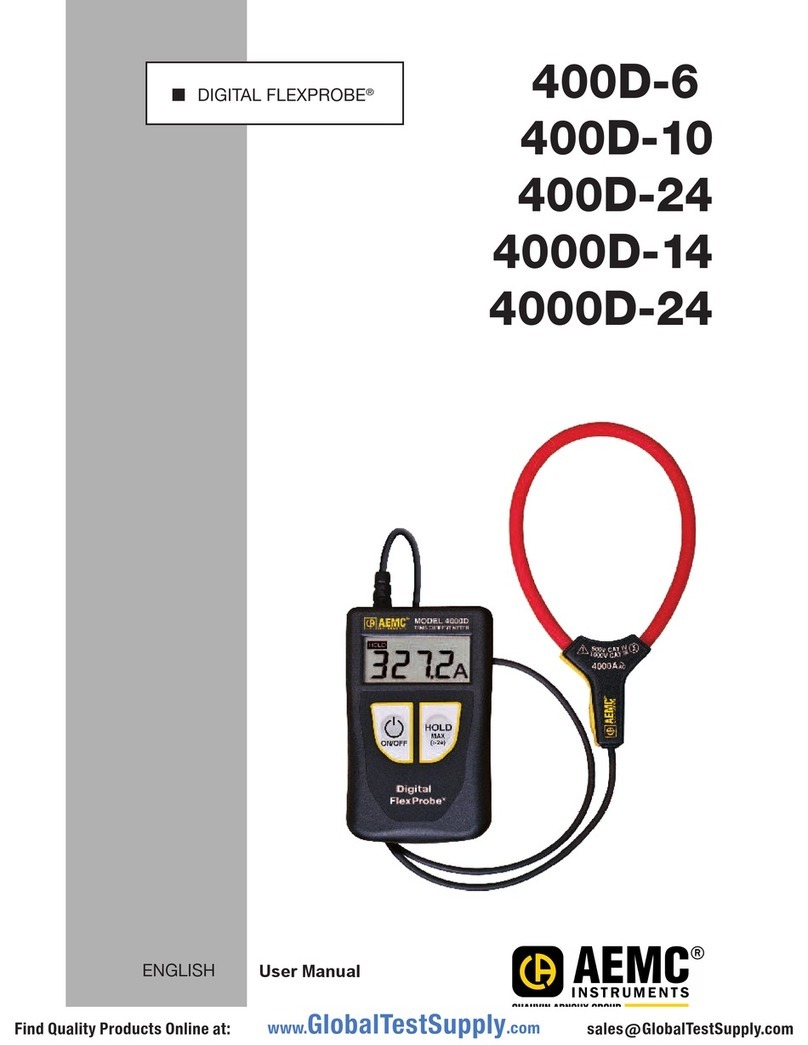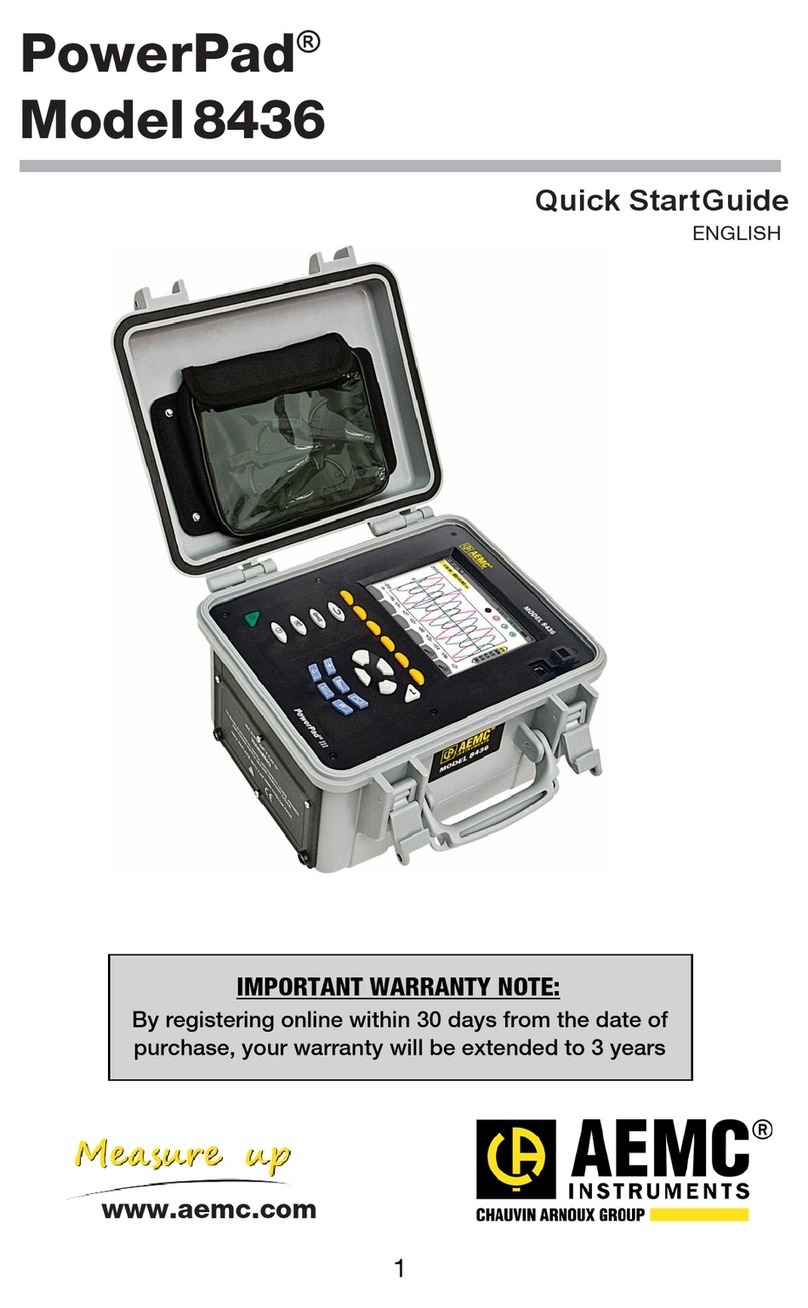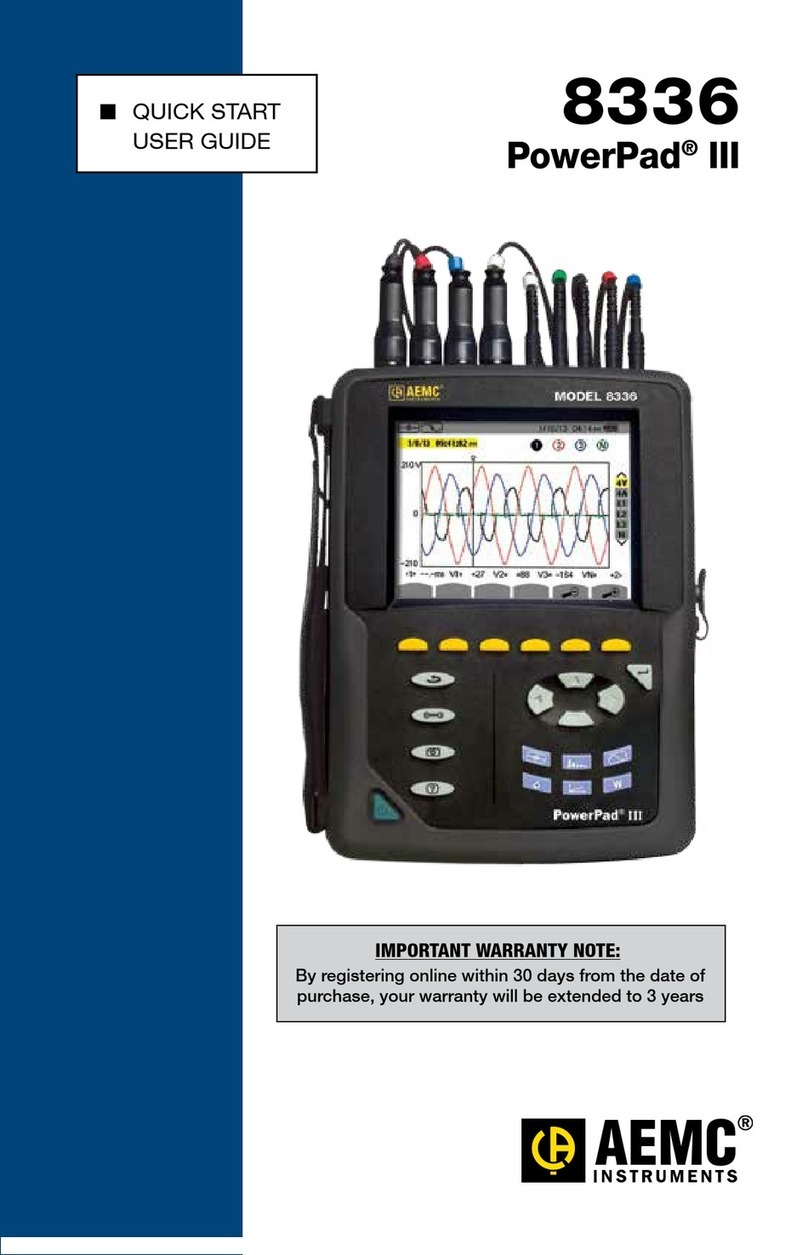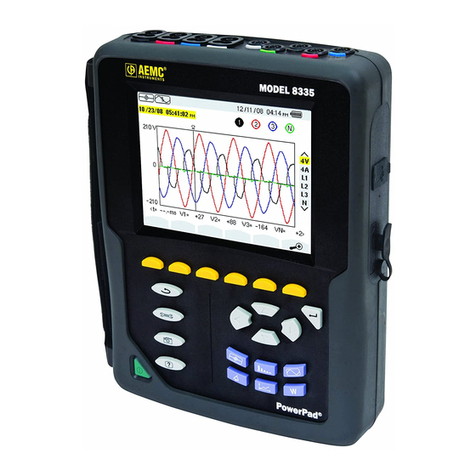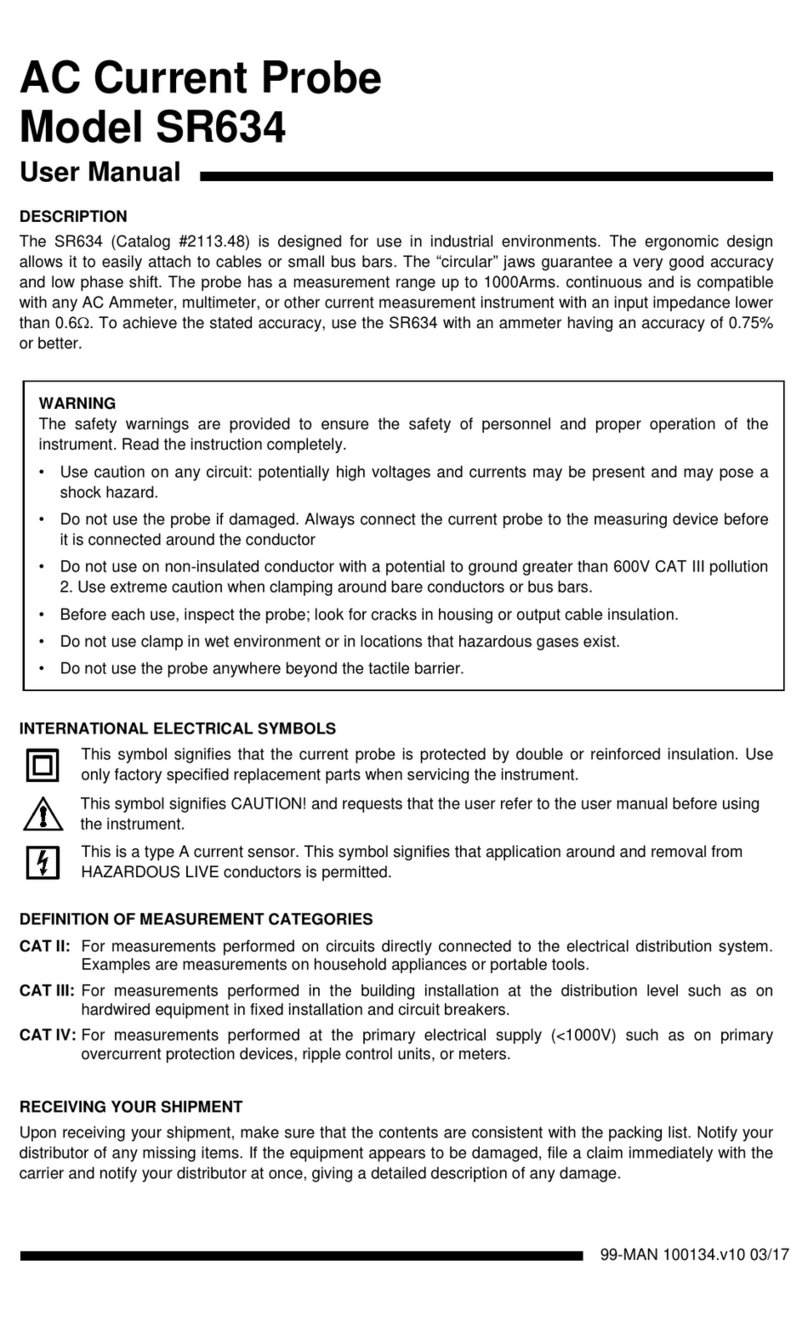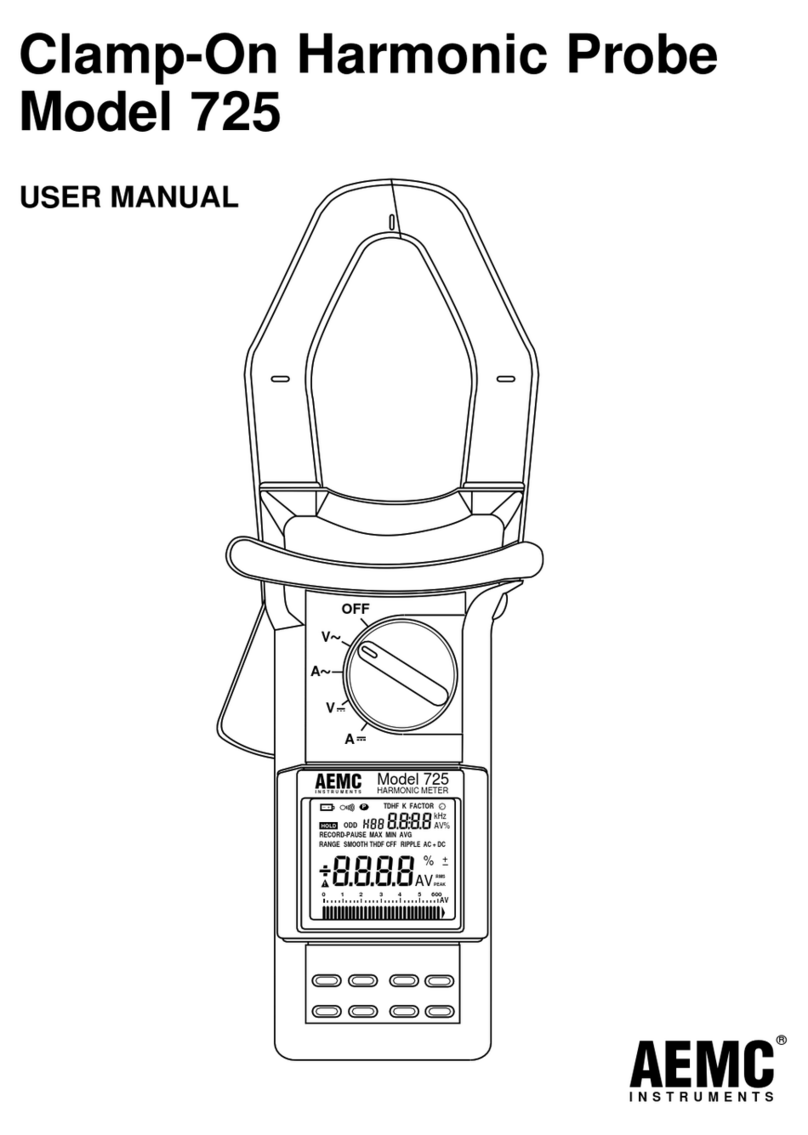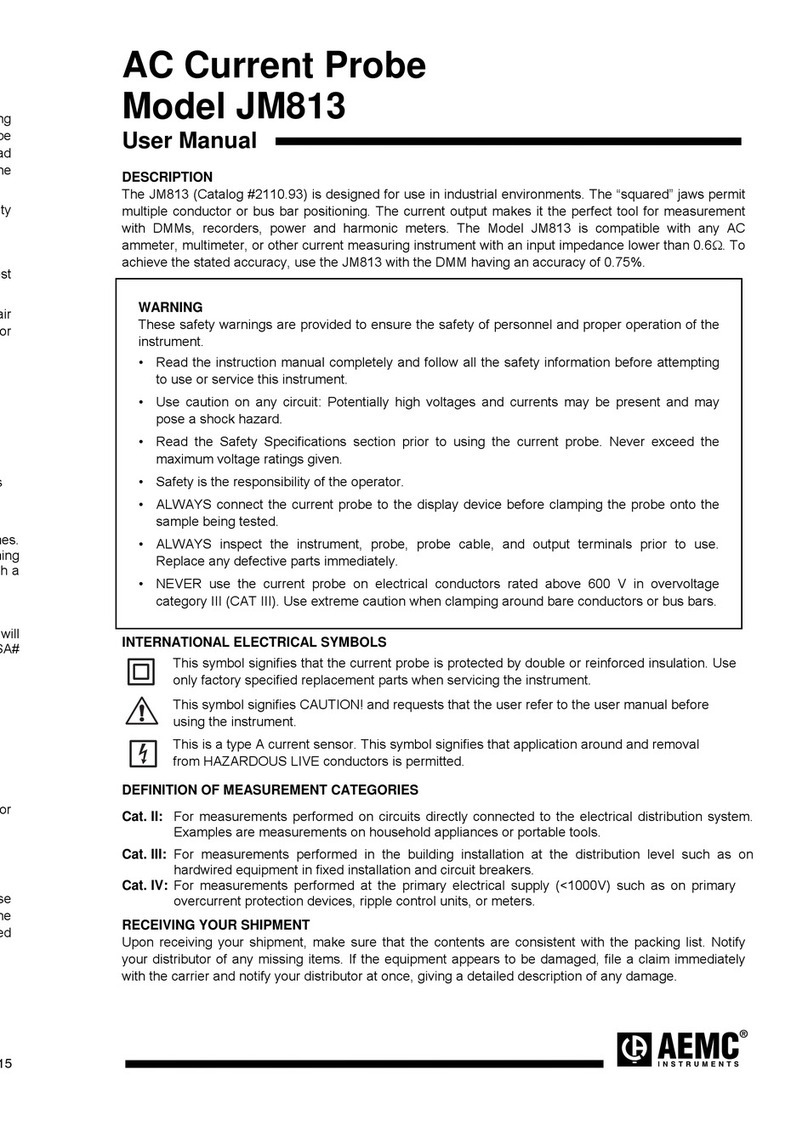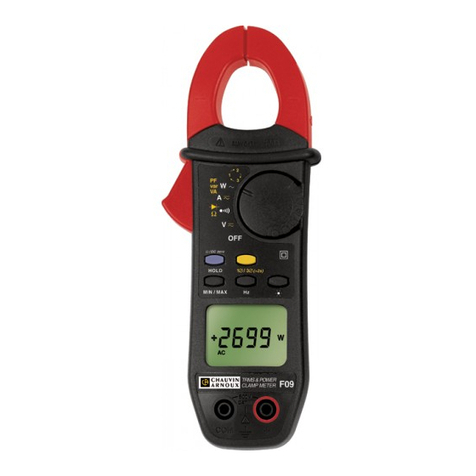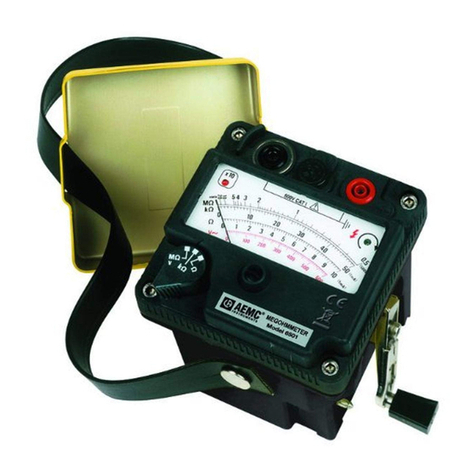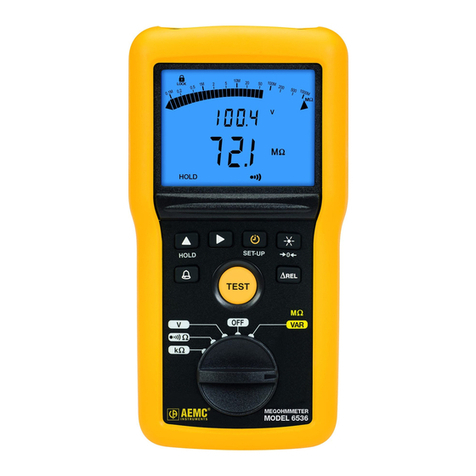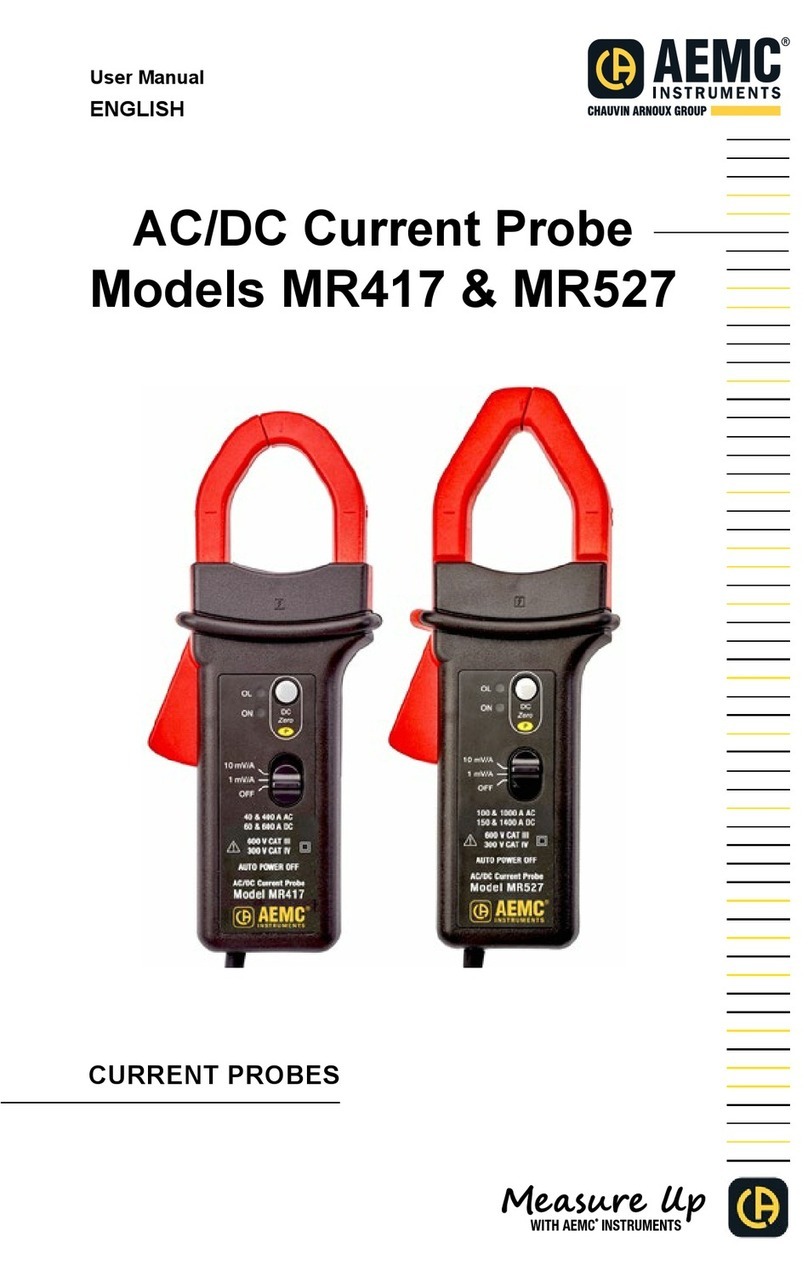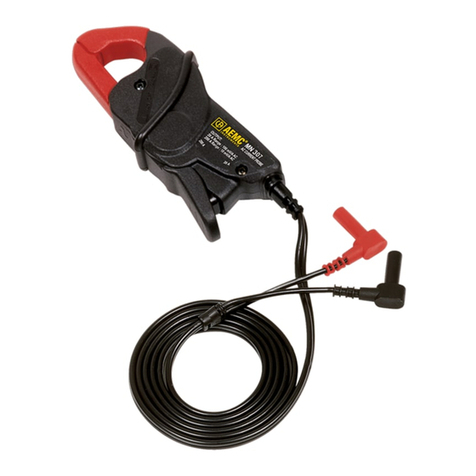
CONTENTS
PRECAUTIONS .....................................................................................................................................................................1
RECEIVING YOUR SHIPMENT.............................................................................................................................................2
ORDERING INFORMATION..................................................................................................................................................2
1. GETTING STARTED.........................................................................................................................................................3
1.1. Battery Installation...................................................................................................................................................3
1.2. Instrument Components..........................................................................................................................................4
1.3. Instrument Functions...............................................................................................................................................4
1.4. Turning the Instrument ON/OFF..............................................................................................................................5
1.5. Function Buttons.....................................................................................................................................................5
1.6. Display ....................................................................................................................................................................6
2. SETUP...............................................................................................................................................................................7
2.1. DataView Installation...............................................................................................................................................7
2.2. Connecting the Instrument to a Computer...............................................................................................................7
2.3. Instrument Date/Time..............................................................................................................................................8
2.4. Auto OFF.................................................................................................................................................................8
2.5. Temperature Units...................................................................................................................................................8
3. STANDALONE OPERATION............................................................................................................................................ 9
3.1. Making Measurements............................................................................................................................................9
3.1.1. Air Speed...................................................................................................................................................... 9
3.1.2. Air Flow (Volume)......................................................................................................................................... 9
3.1.3. HOLD Function........................................................................................................................................... 11
3.1.4. MAX AVG MIN Function............................................................................................................................. 11
3.1.5. MAP Function............................................................................................................................................. 11
3.2. Recording Measurements..................................................................................................................................... 12
3.3. Errors ....................................................................................................................................................................12
4. DATAVIEW...................................................................................................................................................................... 13
5. TECHNICAL CHARACTERISTICS................................................................................................................................. 14
5.1. Reference Conditions............................................................................................................................................14
5.2. Electrical Specifications.........................................................................................................................................14
5.2.1. Temperature Measurements...................................................................................................................... 14
5.2.2. Air Speed Measurements........................................................................................................................... 14
5.2.3. Air Flow Measurements .............................................................................................................................. 14
5.3. Memory................................................................................................................................................................. 15
5.4. USB....................................................................................................................................................................... 15
5.5. Bluetooth...............................................................................................................................................................15
5.6. Power Supply........................................................................................................................................................ 15
5.7. Environmental Conditions .....................................................................................................................................15
5.8. Mechanical Characteristics ...................................................................................................................................16
5.9. Compliance with International Standards.............................................................................................................. 16
5.10. Electromagnetic Compatibility (CEM)..................................................................................................................16
6. MAINTENANCE............................................................................................................................................................... 17
6.1. Cleaning................................................................................................................................................................ 17
6.2. Battery Replacement............................................................................................................................................. 17
6.3. Firmware Update................................................................................................................................................... 17
REPAIR AND CALIBRATION ............................................................................................................................................... 18
TECHNICAL AND SALES ASSISTANCE........................................................................................................................... 18
LIMITED WARRANTY.......................................................................................................................................................... 19












